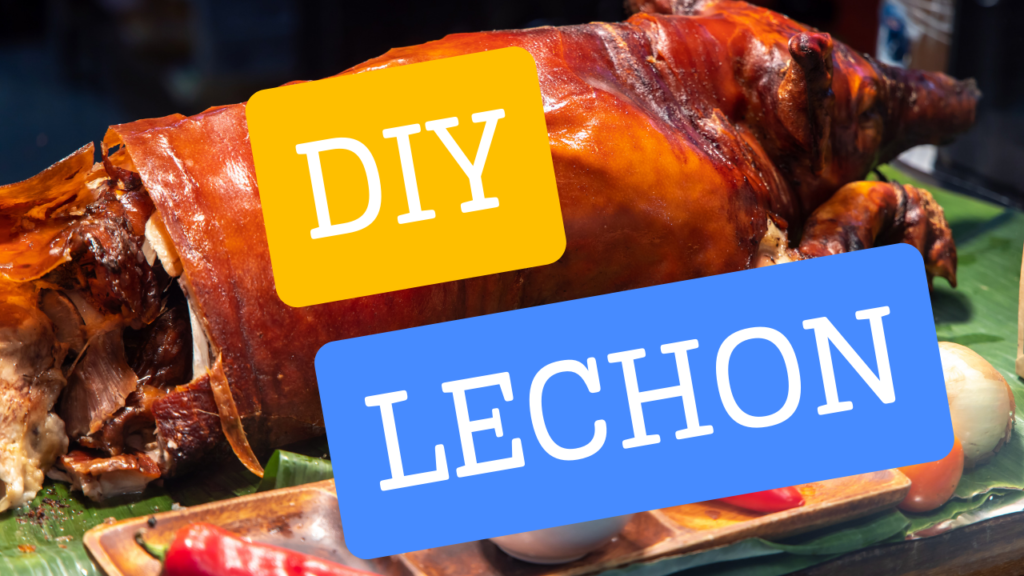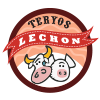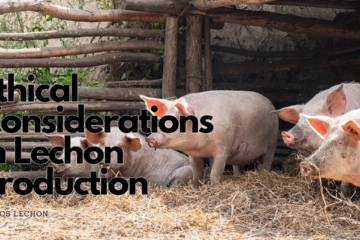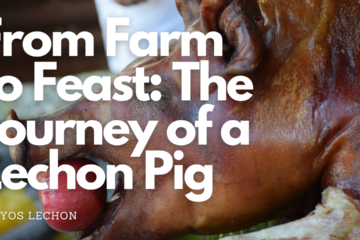Roasting a lechon, the Filipino-style whole roasted pig, is not just about cooking; it’s a cherished tradition that brings families and communities together. Despite its grandeur, preparing lechon at home can be a rewarding culinary adventure. This comprehensive guide will walk you through the step-by-step process of roasting your own DIY lechon, ensuring a deliciously crispy and flavorful dish that will impress your guests.

Understanding the Essence of Lechon
Lechon holds a special place in Filipino culture, often being the centerpiece of celebrations like fiestas, weddings, and birthdays. Its appeal lies in the contrast between the crispy, golden-brown skin and the tender, juicy meat infused with aromatic flavors. Mastering the art of roasting lechon allows you to experience and share this beloved tradition in your own home.
Step-by-Step Guide to Roasting Lechon
Step 1: Choosing the Right Pig
Selecting the right pig is crucial for a successful lechon roast. Consider the size based on your gathering and ensure it’s properly prepared by your butcher. A pig weighing around 20-30 pounds is manageable for beginners and provides enough servings for a moderate-sized group.
Step 2: Preparing and Seasoning
Preparing the pig begins with thorough cleaning and marination:
- Cleaning: Make sure the pig is thoroughly cleaned and gutted. Rinse it inside and out with water.
- Marination: Create a marinade using garlic, salt, pepper, and other preferred spices or herbs. Rub the marinade generously over the pig, ensuring it penetrates all parts, including the cavity. Allow the pig to marinate overnight in the refrigerator for maximum flavor infusion.
Step 3: Setting Up the Roasting Pit or Oven
The traditional method involves roasting the pig over an open fire in a pit dug into the ground. However, modern alternatives include using a roasting box or a large oven:
- Pit Roasting: If using a pit, line it with charcoal or wood, creating a sturdy base for even heat distribution.
- Oven Roasting: For convenience, an oven or a roasting box can be used. Ensure it accommodates the entire pig comfortably.
Step 4: Roasting the Pig
Achieving the perfect roast requires careful monitoring of temperature and basting:
- Temperature Control: Preheat your roasting pit or oven to a moderate temperature, typically around 300-350°F (150-175°C). Monitor and adjust heat as needed throughout the cooking process.
- Securing the Pig: Skewer the pig securely with metal rods or wires, positioning it strategically to ensure even cooking.
- Monitoring Temperature: Use a meat thermometer to gauge the internal temperature, aiming for at least 165°F (74°C) in the thickest parts of the meat.
Step 5: Basting and Crisping
Enhance the flavor and texture by regularly basting the pig with a mixture of oil or melted butter:
- Basting: Apply the basting mixture generously, ensuring the skin remains moist and glossy throughout the roasting process.
- Crisping the Skin: During the final stages of cooking, increase the temperature or position the pig closer to the heat source to achieve crispy, golden-brown skin that’s characteristic of lechon.
Step 6: Resting and Serving
Allowing the pig to rest before carving is essential for retaining juices and flavors:
- Resting Time: Remove the pig from heat and let it rest for 20-30 minutes. This step ensures the meat remains tender and juicy.
- Carving: With a sharp knife and steady hands, carve the lechon into serving portions. Serve hot alongside traditional accompaniments like steamed rice, lechon sauce, and pickled vegetables.
Tips and Techniques for Success
Mastering the art of lechon requires attention to detail and a willingness to experiment:
- Safety Precautions: Practice caution around hot surfaces and open flames, ensuring safety throughout the roasting process.
- Patience and Timing: Roasting a lechon is a labor-intensive process that requires patience. Allocate sufficient time for preparation, cooking, and resting.
- Customization: Customize the marinade and seasoning according to personal preferences. Experiment with different herbs, spices, or citrus infusions to create unique flavor profiles.
- Enjoyment: Embrace the experience of roasting lechon as a celebration of culture and culinary prowess. Involve family and friends in the preparation and savor the rewarding outcome together.
Roasting lechon at home is more than a culinary endeavor; it’s a journey that celebrates Filipino culture and community. By following this comprehensive guide, you can confidently prepare and roast your own lechon, creating a memorable dining experience for any occasion. Whether you’re hosting a festive gathering or simply exploring new culinary adventures, homemade lechon promises to delight and impress with its crispy skin, juicy meat, and rich flavors. Gather your ingredients, fire up your pit or oven, and embark on the flavorful journey of DIY lechon!
With this guide, you’re equipped to embark on your own lechon-roasting adventure. Enjoy the process, savor the flavors, and create unforgettable memories with your homemade lechon feast!




0 Comments